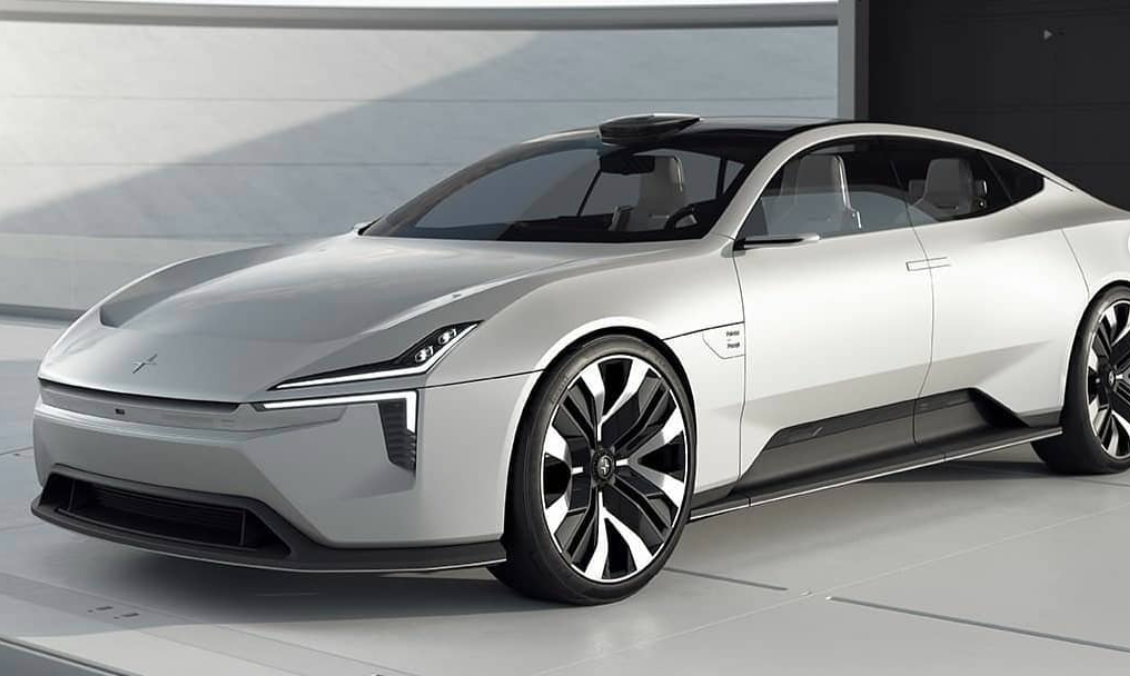I’m all for EVs when they go beyond what’s expected in terms of environmental consciousness. For example, the Fisker Karma back when it was new was so intriguing to me. Solar panels on the roof, naturally fallen tree wood grain, and no real leather make it sound like the car would be cheap and yet it looked refined. This Polestar Precept is giving me the same sort of vibe. It shows people that “going green” and getting an EV doesn’t mean you have to get a Prius or Volt, you can have class and style.
Tesla to an extent has also been a big influencer in this idea. The idea of getting a solid, affordable electric vehicle is relatively normal since the birth of the Model 3. That being said, I hope that the Polestar here does well and inspires other companies to incorporate the renewable materials that are being showcased here. Thoughts on where else we will see this in the future?
Last Call indicates the end of Hooniverse’s broadcast day. It’s meant to be an open forum for anyone and anything. Thread jacking is not only accepted, it’s encouraged.


Leave a Reply